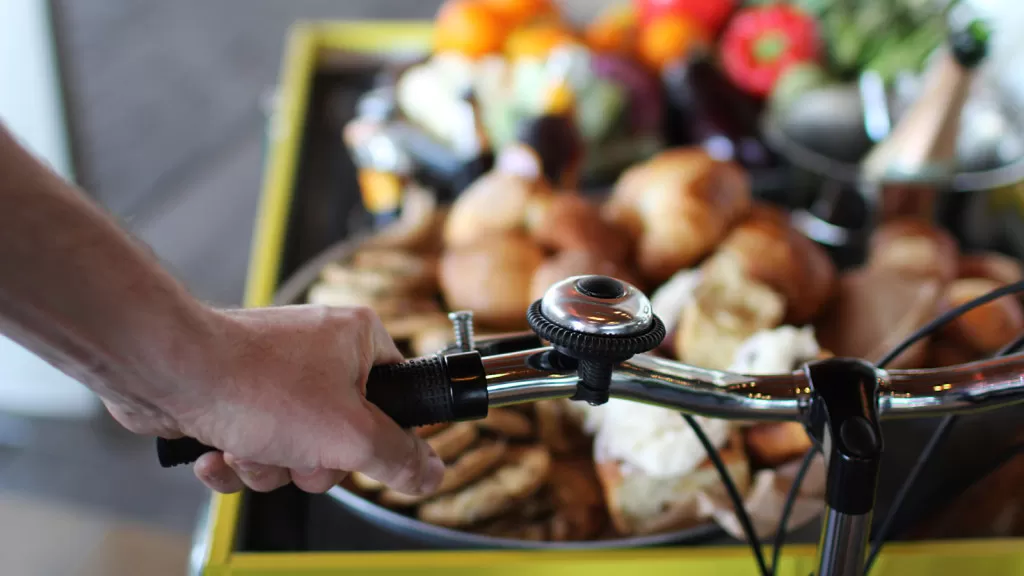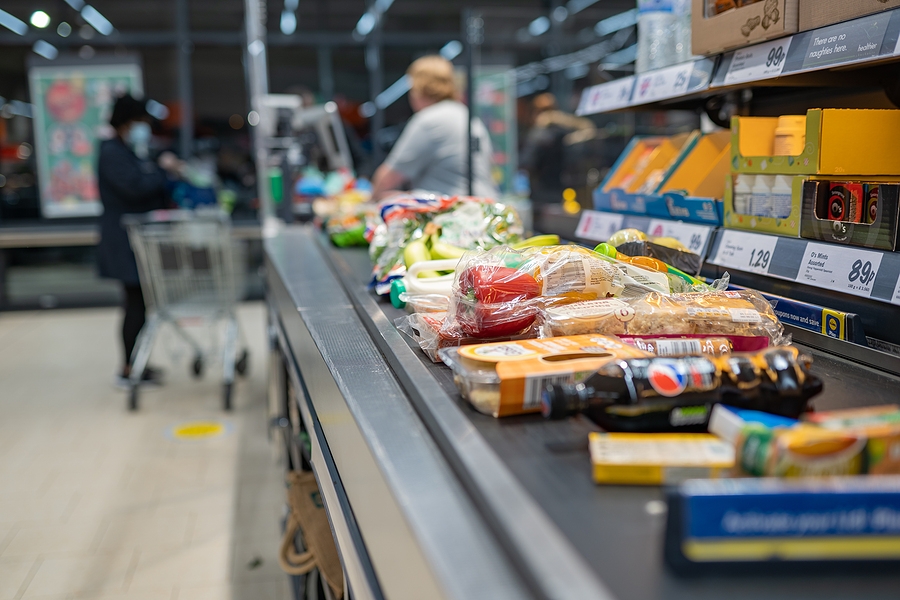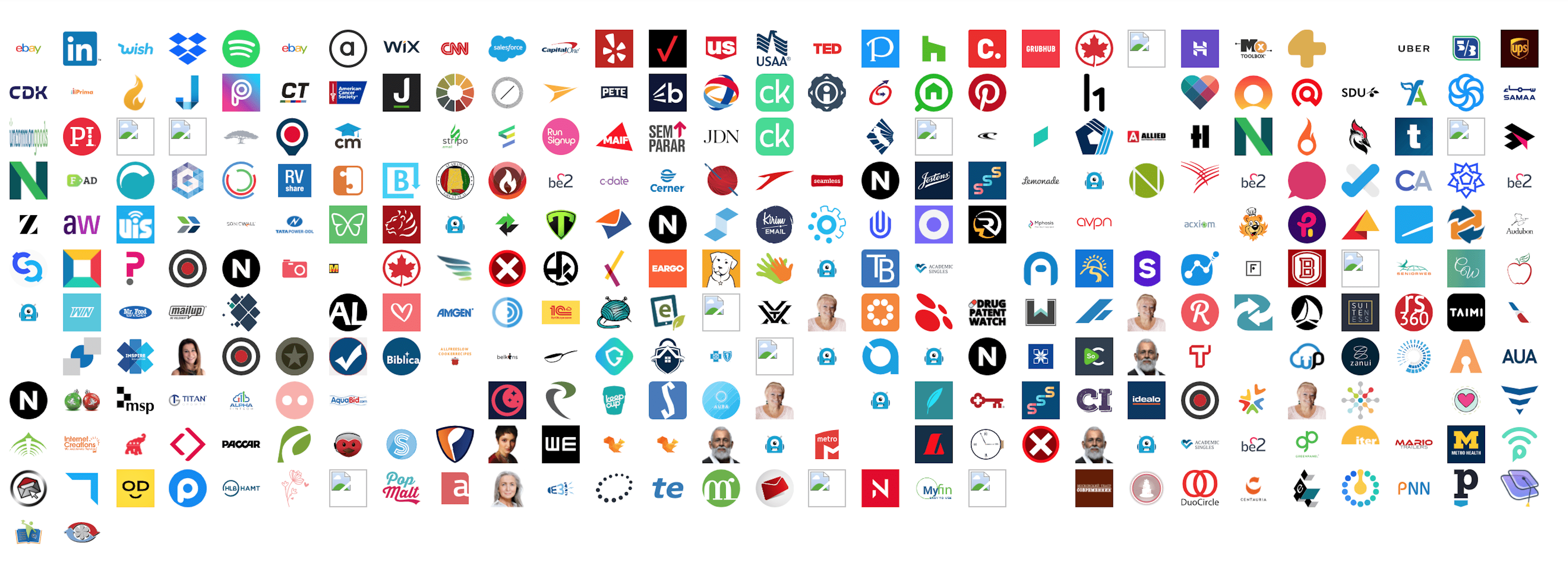How often do your consumers grocery shop? Once a month, once a fortnight, once a week, or perhaps when we are throwing a party? We shop as per our convenience. Convenience is the key word.
Grocery ecommerce stores are continuously trying to make shopping more efficient and hassle-free. However, as long as grocers are trying to replicate the physical store layout online, the experience will be sub-par as scrolling through the large product catalogue to find the items one needs is time-consuming and dull.
Categorisation is essential in the store. Hypermarkets and supermarkets have several aisles (fresh produce, fish and meat, dairy, spices, cereals and so on), where shoppers cart around from entry to exit.
Online grocery shopping has gone a couple of steps ahead of stores with sub-categorisation. Within dairy one can navigate to milk, yoghurt, cheese etc. and pick their favourites. However, a closer look at a typical grocery shopping event shows that this journey is less than ideal. Why?
Because it fails to recognise that a customer or a household buys the same products over and over, month after month. Sure, there is exploration with new brands and different flavors, but unlike say, fashion shopping, where a shirt bought in the past is almost never bought again, re-buy is a key in grocery.
The Power of Hyper-personalisation for Ecommerce Grocery
So how should the online grocery store be organised? One advantages of ecommerce is that machine learning algorithms can create a hyper-personalised product selection for each customer, which is not possible in a bricks-and-mortar store. An online customer can have his or her own aisle – imagine an aisle ‘For Jonathan’ or ‘For Martha’, where he or she has a pre-curated set of products for their household needs.
Hyper-personalisation in grocery means dynamically creating these custom baskets, so the shopper does not have to go back and forth between different categories to add the one product to their cart. But being online, and optimising the time those products are presented, is dictated by the individual, at a time most appropriate to them. Meaning that they can only be presented by email. An algorithm that identified when that customer wants something is not within the abilities of a human being, especially as the data revealing the answer is hidden in the buying history, and nuances of perpetual site visit data. If you wait for them to come to your site, the chances are it’s too late, or too early.
A massive new enabled concept, enabled by AI machine-learning, delivered on an individual basis. It is too “big data” for conventional segmenting, which it far less profitable. According to research consultants like Forrester and McKinsey hyper-personalisation delivers 20x the ROI of conventional marketing.
Research shows that in the grocery vertical, time spent online in finding products and building the cart is inversely proportional to loyalty. But loyalty is dictated by relevancy, without one you can’t hope to have the other. If you don’t show peopleywhat they want, they will go elsewhere.
Surge in online grocery and intense competition
Grocery shopping anytime and from anywhere has been growing in the past decade, but saw enormous acceleration during the pandemic. A survey by Clinch in the US found that 75.4% of consumers purchase groceries online, with 80% of those consumers citing that they shop for groceries online more than ever before, since the pandemic. This trend will continue, as 75.8% of consumers plan to continue to shop online for groceries post the pandemic.
With such phenomenal growth across the globe, the pie has expanded. At the same time, competition is heating up and supermarket margins are wafer thin. Marketers spend a lot of effort in getting the customer back to the ecommerce site. Once the visit is secured, personalisation should be used as a strategic lever to create a frictionless shopping experience, lock-in conversions and grow share of wallet.
Modelling the online grocery stores on brick and mortar stores, therefore, is a big compromise and is demanding a fresh perspective.





